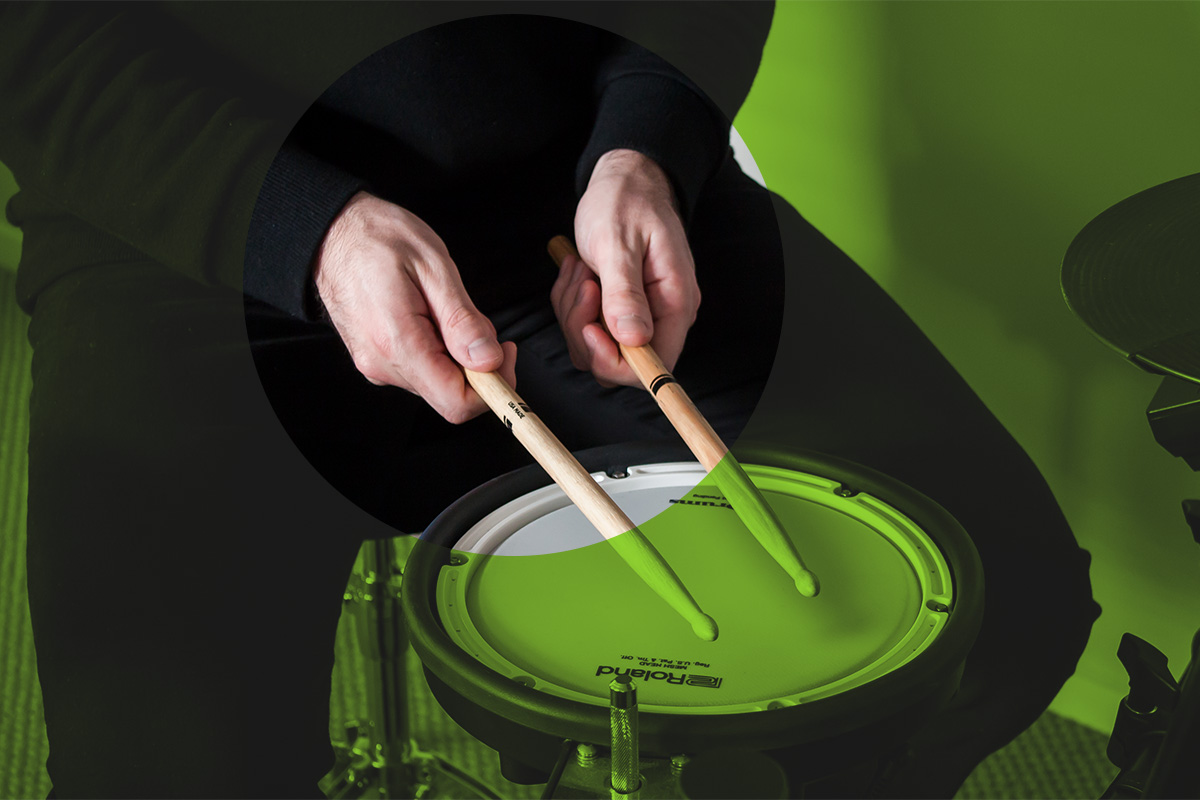

Playing sticks that have the same amount of use helps to make them last longer.Ĥ- While every drummer has their own stroke and technique according to their musical style, don’t forget that the thinner drumstick, like the 7A, generally can’t take the heavy striking force.

If you don’t have the sleeve, use a rubber band or anything to keep the pair together. Don’t leave your sticks in the direct sun and don’t dry them in the oven! Leave wet sticks in the shade with good ventilation.ģ- As soon as you finish playing, put your drumsticks away in the sleeve. If your hands perspire a lot when you play, when you finish, dry your drumsticks with a clean cloth. Don’t accept sticks that sound hollow or cracked.Ģ- At home, in the studio and at shows, don’t store you sticks with anything heavy on them. Test the drumsticks by hitting them on a hard surface and feel the vibration. To identify this problem, observe the ring-shaped or oblique marks along the stick. If the grain runs across, the drumstick will be much less durable. The fibers of the wood (grain) should always run the length of the stick. The surface of the drumstick should not be rough, uneven, or have deep cracks.

Beware of sticks with humid wood evidenced by large stains, generally greenish. On nylon-tip sticks, the tip should be attached well. The pair should be the same length, diameter and weight. Stay away from sticks that have knots or small holes in the wood, especially on the neck or head. However, accidents do happen! Here are a few tips to help you avoid them:ġ- When you get your drumsticks, check them over to make sure they do not have any cracks or are warped. Any drumstick, as good as it may be, has a lifespan according to the time of use and the way it is used.


 0 kommentar(er)
0 kommentar(er)
